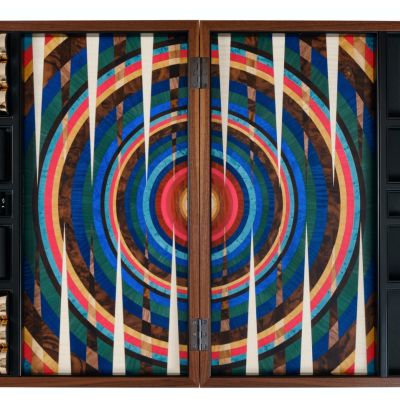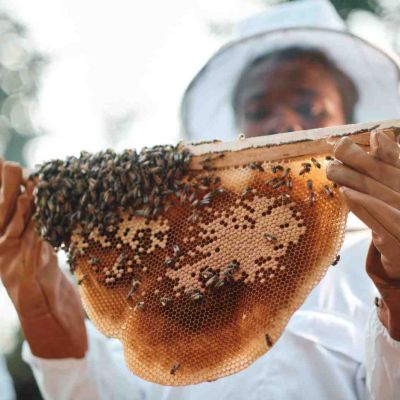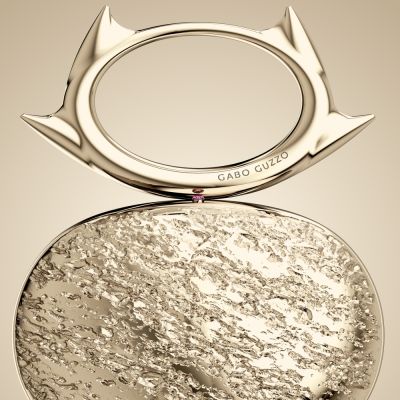How Ethical Is Your Diamond?
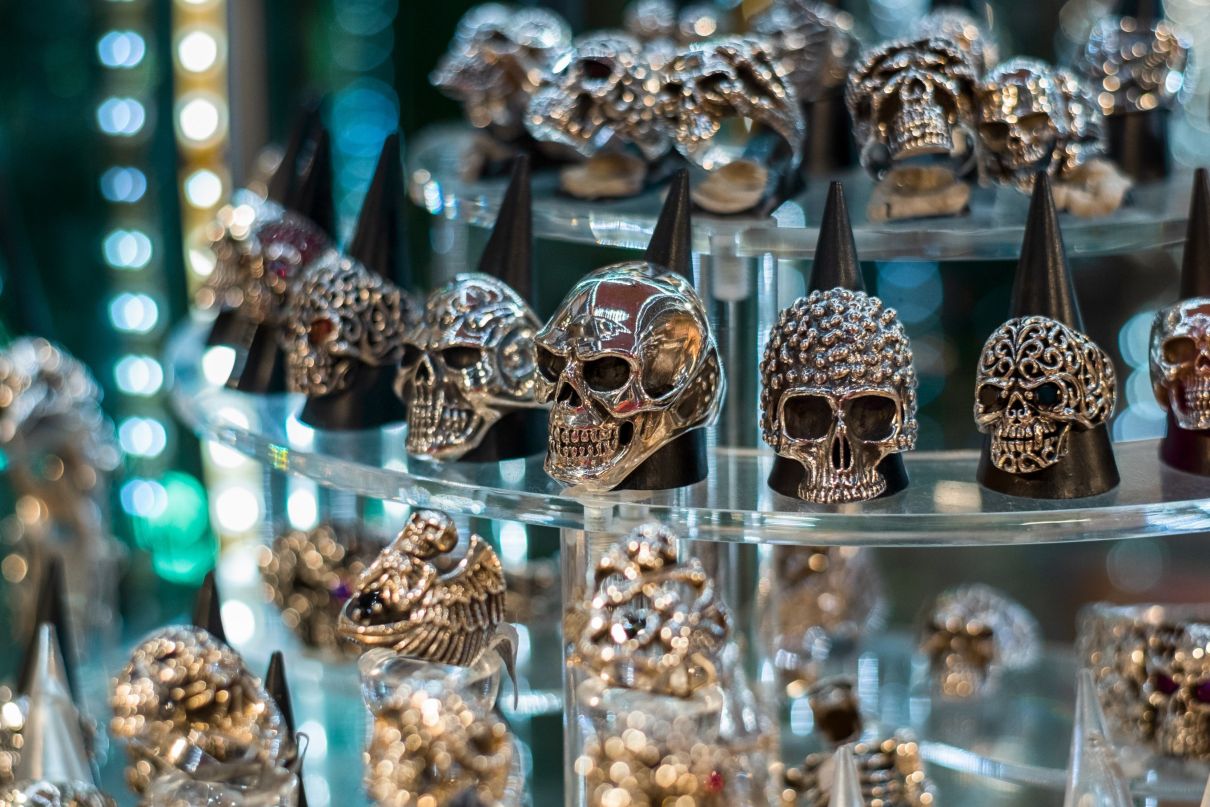
Have you ever thought about whether the piece of jewellery you are about to buy, benefits or destroys the environment?

It's been nearly two decades since governments came together to crack down on the 'blood diamond' trade which fuelled brutal wars in Africa. Since then, important steps have been made; the Kimberley Process was an attempt to unify administrations and ensure that diamonds are not used to finance civil strife against legitimate governments; also that participants are transparent in their diamond controls, trade with institutions that only satisfy the requirements, and certify only conflict-free diamonds.
But the Kimberley Process could only go so far; there is no independent body to monitor abuse, and it is narrowly-focused on the mining of rough diamonds.
In 2015 a platform was established aiming to answer these issues, the Diamond Producers Association (DPA). It represents a body of seven of the world's largest mining companies, which together make up 75 percent of the world’s diamond production. They are ALROSA, De Beers, Dominion Diamond, Lucara Diamond, Murowa Diamonds, Petra Diamonds and Rio Tinto.
The DPA partnered with Trucost, part of independent research company S&P Global, to examine and quantify the collective socio-economic and environmental impact of its members’ diamond mining activities. This year it published its inaugural report to shed light on what has always been a relatively opaque industry, although the report's finding do not apply to the remaining 25 percent of diamond production, which is described as artisanal and family-owned mining (and are not part of the DPA).
The report shows the hefty environmental impact of the seven mining companies (an average of 160 kg of carbon per per polished carat, and 4,350 kg of waste rock), and sets out their efforts to offset. It showed that DPA members invest in conservation and rehabilitation and conservation works on the land surrounding the mine, creating potential environmental benefits through the enhancement and protection of natural ecosystems.
For example, DPA members collectively protected over 260,000 hectares of land, approximately 3 times the amount of land they utilise, in Australia, Botswana, Canada, Russia, South Africa and Tanzania. This includes the ALROSA Yakutia Diamonds Live Natural Park and The Diamond Route, a network of eight conservation sites spanning over 200,000 hectares of habitat in South Africa and Botswana which is owned and managed by De Beers Group.
In terms of social impact, the report said there was no forced or child labour at any of the DPA member sites. In total, DPA members employed over 77,000 employees and contractors at mines in Australia, Botswana, Canada, Namibia, Russia, South Africa, Lesotho and Tanzania, comparable to Fortune 500 companies such as The Coca-Cola Company, Hewlett Packard Enterprise. DPA members universally paid wages in excess of local living wage rates, with the average DPA member employee or contractor receiving more than 65 percent above the national average wage.
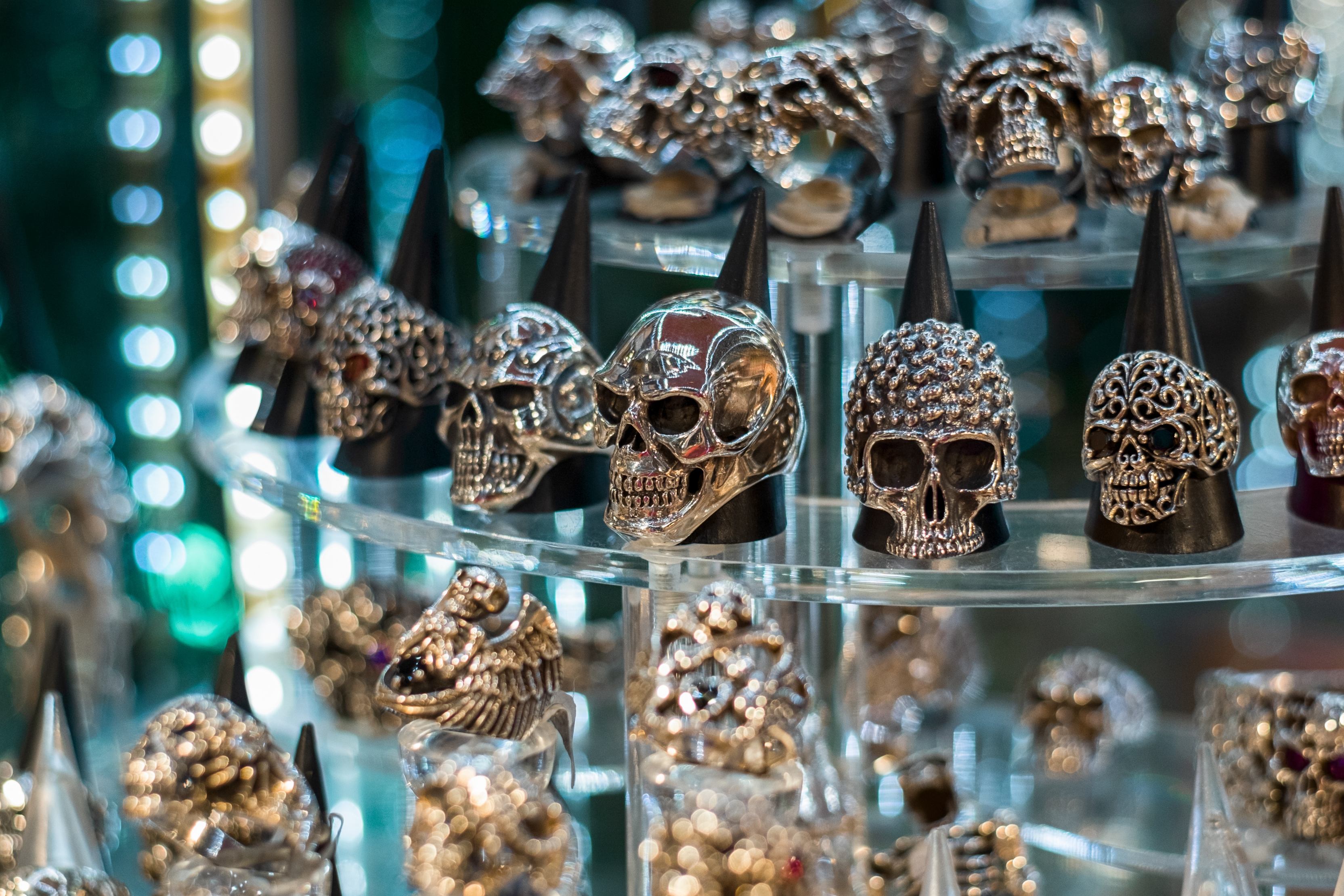
Lab-grown Diamonds
Lab-grown or synthetic diamonds have achieved a lot of headlines in recent years, partly through the number of celebrity and billionaire backers of production facilities, including Leonardo di Caprio, Jeff Skoll and Evan Williams.
Prepared in high pressure and temperature-controlled environments, scientists start the process of growing a lab-grown diamond by cutting a small piece of carbon known as a seed. The seed is placed in a low-pressure chemical vapour-deposition chamber. Hydrogen and methane gases combine with electrical energy, igniting a plasma ball. A cloud forms in the chamber and carbon molecules rain on the seed and the carbon is solidified. After precipitation and around six weeks, the result is a large synthetic diamond.
Jewellery makers report a growing interest from younger buyers seeking total assurance that their diamond was not mined by slaves. For example Stéphane Wulwik, a 15-year jewellery veteran, set up Innocent Stone in 2016 to cater to “socially concerned” Millennial customers who don’t necessarily share the same stigma against synthetic diamonds versus natural stones, as their parents.
“Demand has suddenly exploded because of the way consumption is changing. A new generation of consumers prefers a product with a real social and ethical commitment. And they know a diamond is a diamond wherever it comes from.” Millennials also tend to be more price conscious; a home-grown diamond costs around 30-40 percent less than a mined one, he points out.
However, there is a major downside with manufactured diamonds - their carbon footprint. The carbon emissions associated with growing a one carat synthetic diamonds is approximately three times higher than that associated with a mined diamond, according to the report by Trucost.
Nevertheless, the global synthetic diamond market, from jewellery to medical equipment, is forecast to grow to US$28.6 billion by 2023, up from around US$15 billion in 2014, according to Crystal Market Research. By comparison, the size of the mined diamond industry was US$81.4 billion in 2014.
Diamonds on Blockchain
There have been a few blockchain platforms aiming to track and trace diamonds, the major one being Everledger. The system creates a new tamper-proof block in the chain at every step in the process (mining, sorting, planning, laser cutting, polishing, polish quality control, certification, and sale) so that the person in charge at every step can input key identifying information about the stone, the idea being to eliminate potential for corruption. The 4-year-old company, backed by the IBM Blockchain Platform, and with recent A-round investment from China's Tencent, also applies blockchain technology to coloured gems, fine wine and other luxury goods.
Meanwhile, Tracr is a blockchain platform being developed by De Beers with an objective of "establishing traceability, provenance and authenticity for the diamond industry, which consumers and businesses alike have told us is the new standard they are looking for," according to general manager Jim Duffy.
The problem with blockchain is ensuring accountability at the very beginning of the supply chain - for instance in artisanal mines in Africa where there may be no security and authenticity may be easily compromised.
A Carbon Neutral Mine
De Beers is investing millions into using dug-up kimberlite (the predominant igneous rock that forms diamonds) as a store to lock away carbon. Helmed by geochemist Alison Shaw, the project is currently undergoing field trials in South Africa, Botswana and Canada-based mines.
All of De Beers' open cut and underground mining operations are suitable for the technology, which can carbon offset the entire mine. De Beers aims to establish the first carbon neutral mine before 2025.
"The potential of processed kimberlite to store carbon has been known to De Beers for some time but, as with most technological interventions, it is important that the foundational elements are in place first," says Shaw.
She adds that De Beers plans to make the technology publicly available for no financial gain. "It will be possible for other mining companies to deploy the technology because the research insights that result from this project will be retained by the academic partners."
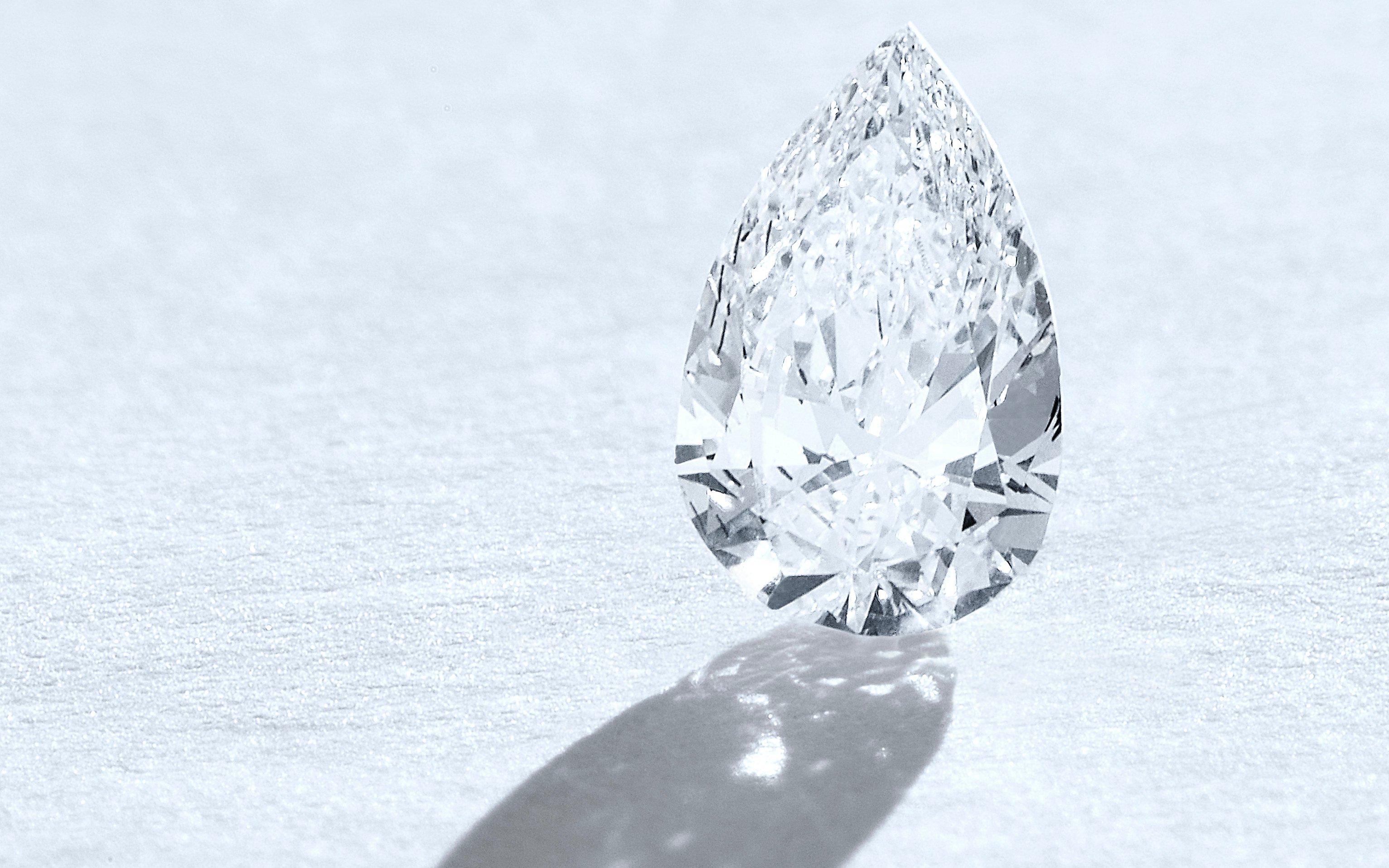
Making Sure your Jewellery is Ethical
As consumers we have a responsibility to inform ourselves of our purchases so we are spending our dollars in the best possible way. Ethical jewellery is jewellery that has a minimal impact on the environment and the people producing it. This includes using ethical and safe means of production, and putting stringent measures in place to avoid brutal killings in potential conflict areas – ‘blood diamonds’ have been known to be responsible for the death of up to 3.7 million people. Efforts are also made to ensure that the people displaced from areas where the minerals have been found are compensated and resettled.
One important thing to note is the rapid rise of cheap jewellery worldwide. This kind of jewellery typically has a high carbon footprint, with heavy environmental and ethical ramifications. Because this jewellery is usually made in factories without legislated production practices, harmful materials such as dyes are released into the environment.
As a buyer, you should strive to make an informed decision at every point. Why? Because some countries have no strict measures in place to govern mineral extraction, making the whole process chaotic. You should also find out the date and time that they are extracted and where they are manufactured. By having such details, you will know whether sustainable production has taken place.
It's clear the jewellery industry has made substantial progress towards creating more ethical jewellery. But more still needs to be done, and our choices as consumers can help to speed this process along.

